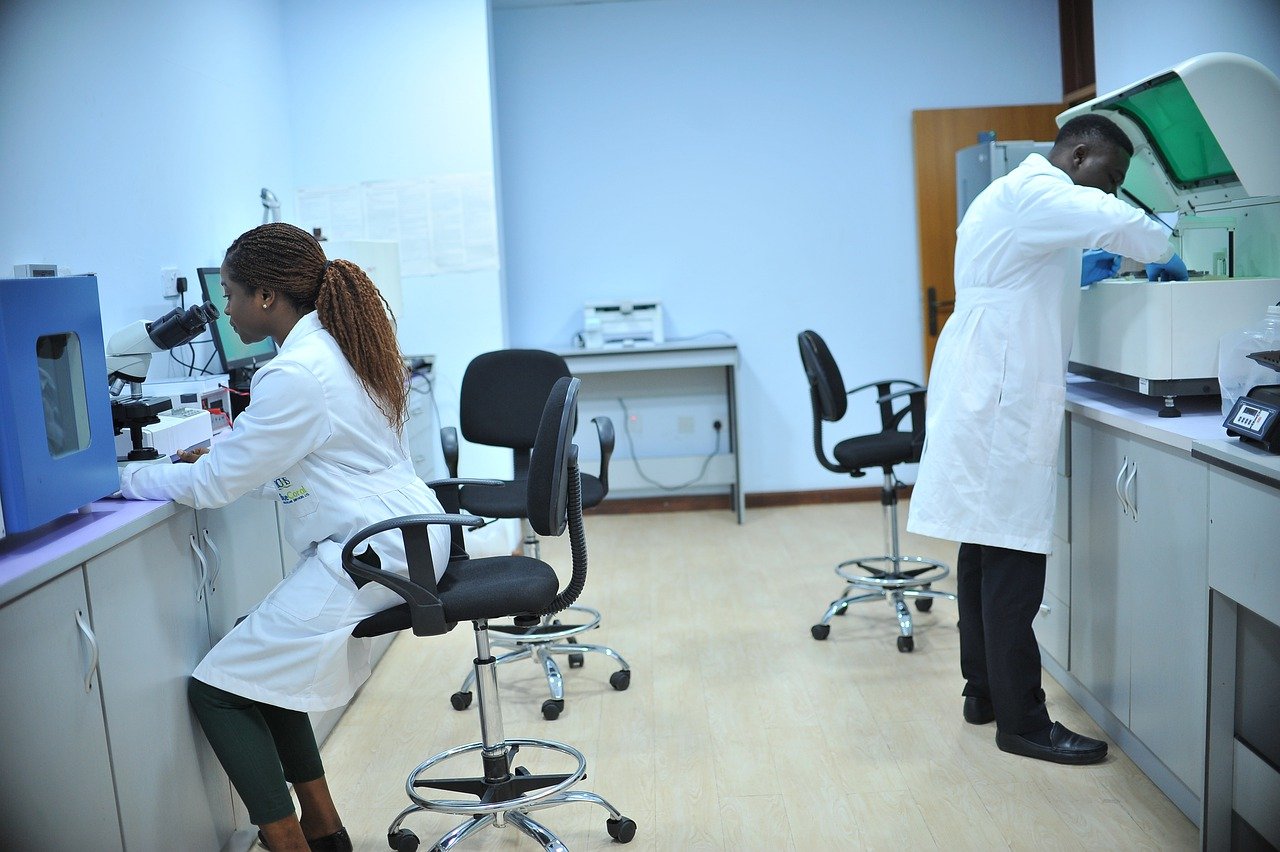
Understanding Type 1 vs. Type 2 Diabetes: Key Differences
Diabetes is a chronic health condition that affects millions of people worldwide. Among the various forms of diabetes, Type 1 and Type 2 are the most common, yet they differ significantly in terms of causes, symptoms, and management. In this blog post, we will explore the key differences between Type 1 and Type 2 diabetes, providing you with a comprehensive understanding of each condition.
What is Diabetes?
Diabetes is a metabolic disorder characterized by high blood sugar levels over a prolonged period. This can lead to serious complications if not managed properly. The condition arises due to the body’s inability to produce or effectively use insulin, a hormone that regulates blood sugar.
Type 1 Diabetes: An Overview
Type 1 diabetes, often diagnosed in children and young adults, is an autoimmune condition. The body’s immune system mistakenly attacks and destroys the insulin-producing beta cells in the pancreas.
Causes of Type 1 Diabetes
The exact cause of Type 1 diabetes is unknown, but it is believed to be a combination of genetic and environmental factors. Unlike Type 2, lifestyle factors such as diet and physical activity do not play a role in the onset of Type 1 diabetes.
Symptoms of Type 1 Diabetes
Common symptoms include increased thirst, frequent urination, hunger, fatigue, and blurred vision. These symptoms can develop rapidly over weeks or even days. Unexplained weight loss is also a notable symptom.
Managing Type 1 Diabetes
Management of Type 1 diabetes requires lifelong insulin therapy. Patients need to regularly monitor their blood sugar levels and adjust their insulin doses accordingly. A balanced diet and regular exercise are also important components of managing the condition. Learn more about managing Type 1 Diabetes
Type 2 Diabetes: An Overview
Type 2 diabetes is more common than Type 1 and typically develops in adults over the age of 45, although it is increasingly being diagnosed in younger individuals due to rising obesity rates.
Causes of Type 2 Diabetes
Type 2 diabetes is primarily caused by insulin resistance, where the body’s cells do not respond effectively to insulin. Risk factors include obesity, physical inactivity, poor diet, and a family history of diabetes.
Symptoms of Type 2 Diabetes
Symptoms of Type 2 diabetes can be similar to those of Type 1 but tend to develop more slowly. They include increased thirst and hunger, frequent urination, fatigue, and blurred vision. Slow-healing sores or frequent infections are also common.
Managing Type 2 Diabetes
Management of Type 2 diabetes often involves lifestyle changes, such as adopting a healthy diet, increasing physical activity, and losing weight. Medications and insulin therapy may also be required to control blood sugar levels. Explore strategies for managing Type 2 Diabetes
Key Differences Between Type 1 and Type 2 Diabetes
Onset and Age
Type 1 diabetes typically begins in childhood or young adulthood, while Type 2 diabetes is more common in adults over 45, though it can occur at any age.
Causes
Type 1 is an autoimmune condition, whereas Type 2 is largely influenced by lifestyle factors and genetics. Insulin resistance is a hallmark of Type 2 diabetes.
Treatment
Type 1 diabetes requires insulin therapy from the onset, while Type 2 can often be managed with lifestyle changes and oral medications before insulin becomes necessary.
Prevalence
Type 2 diabetes accounts for approximately 90-95% of all diabetes cases, making it far more prevalent than Type 1.
Statistics and Impact
According to the International Diabetes Federation, approximately 463 million adults were living with diabetes as of 2019. Of these, the majority have Type 2 diabetes. The prevalence of diabetes is expected to rise to 700 million by 2045, underscoring the need for effective management and prevention strategies.
Actionable Tips for Managing Diabetes
Regardless of the type, managing diabetes effectively involves a combination of medical treatment and lifestyle changes. Here are some actionable tips:
- Regularly monitor your blood sugar levels to ensure they remain within the target range.
- Maintain a balanced diet rich in fruits, vegetables, and whole grains, and low in processed sugars and fats.
- Engage in regular physical activity, aiming for at least 150 minutes of moderate exercise per week.
- Follow your healthcare provider’s advice regarding medications and insulin therapy.
- Educate yourself about diabetes and participate in support groups if possible. Get more resources
Conclusion
Understanding the key differences between Type 1 and Type 2 diabetes is crucial for effective management and prevention. While Type 1 is an autoimmune condition requiring lifelong insulin therapy, Type 2 is often related to lifestyle factors and can sometimes be managed through diet and exercise alone. With the increasing prevalence of diabetes worldwide, awareness and education are essential components of reducing the impact of this chronic condition.
By staying informed and proactive, individuals with diabetes can lead healthy, fulfilling lives. If you suspect you may have diabetes or are at risk, consult a healthcare professional for appropriate testing and guidance.
